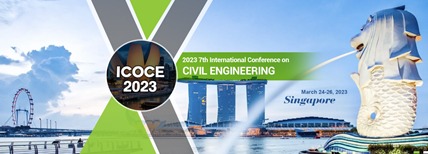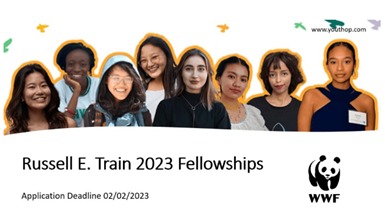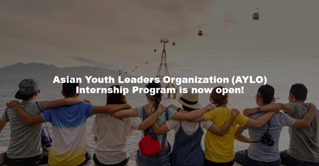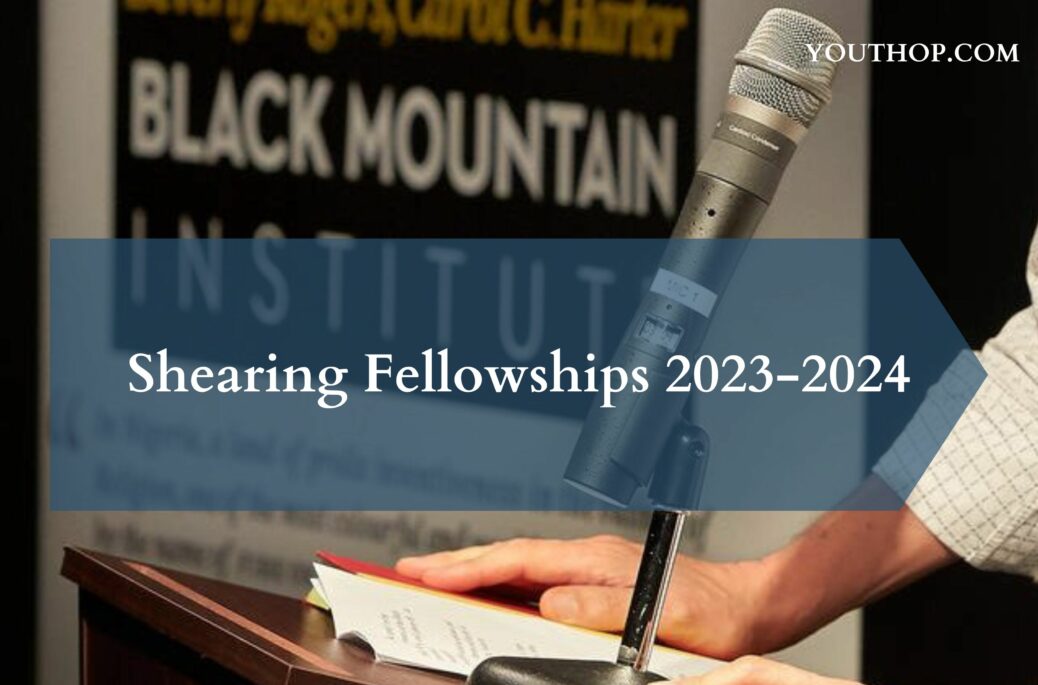What You Need To Know About Toxic Pollution: A Conversation with Richard Fuller
April 22, 2015
Richard Fuller is President of Pure Earth, which serves as Secretariat for the Global Alliance on Health and Pollution (GAHP). The nonprofit Pure Earth works to clean up contaminated sites in the poorest communities in low- and middle-income countries, where high concentrations of toxins have devastating health effects. The GAHP is a collaborative body that facilitates the provision of technical and financial resources to governments and communities to reduce the impacts of pollution on health in low- and middle-income countries, and is tasked to spread understanding of all types of toxic pollution
1) What is toxic pollution
Richard Fuller (RF): Toxic pollution is contaminated water, soil, and air that is harmful or poisonous. It includes industrial wastes like toxic heavy metals from mining or chemicals from factories, and also sewage and particulates from power plants. The term “toxic” is used to differentiate it from pollution that comes from increased levels of carbon dioxide, which causes climate change but does not have direct health impacts.
Toxic pollutants can poison drinking water, the fish in rivers and ponds, food grown on contaminated farmland, as well as playgrounds, homes, and the very air we breathe. So if you live at a polluted site, you could be exposed to these poisons every time you eat, drink, wash, play or breathe.
In fact, toxic pollution is the largest cause of death in the world. Yet it is one of the most underreported and underfunded global problems.
2) How does toxic pollution affect public health?
RF: Pollution comes in many forms, and it affects people differently, sometimes in ways that may not be immediately noticeable. That is why some people call toxic pollution “the invisible killer."
Often diseases brought on by exposure to toxic pollution are thought to be caused by something else. And in many cases, the poison accumulates and damages bodies for years before it gets noticed. Women and children are especially at risk.
Pollution can cause birth defects and irreversible developmental and neurological disabilities, and immune system damage. Pollution causes various cancers, heart and lung diseases, to name just a few. Comparatively, death by pollution is larger than any other major cause. Often whole communities are affected, and economic growth impaired as well through degradation of human and natural resources.
3) How many people are affected by toxic pollution? What parts of the world are impacted most?
RF: More than one in seven deaths in the world are pollution-related. From contaminated sites alone, toxic pollution affects the health of more than 200 million people worldwide. Urban air pollution affects an even higher number of people. Overall, pollution kills three times (pdf) more people than HIV, malaria and tuberculosis combined.
Most of this impact is in low- and middle-income countries. Exposure to polluted soil, water and air (both indoor and outdoor) resulted in 8.4 million deaths in 2012 in these countries. They represent 94% of the burden of disease from pollution. While most affected, low- and middle-income countries are the least equipped to deal with the problem. The poisoned poor (pdf) cannot afford to move or clean up their toxic communities, so the health impact is great.
4) Where do most contaminated site pollution come from and where does it go?
RF: The majority of acutely toxic contaminated sites are caused by small local businesses, many of them operating without the technology, knowledge or incentives to avoid polluting. Abandoned sites, such as polluting factories that have shut down operations, are also quite common. In these sites, the sources of the pollution may be gone, but the contamination remains. We call this legacy pollution.
One of the worst causes of toxic pollution is the recycling of used lead-acid batteries. This happens in almost every city in low and middle-income countries. It is a crucial source of income for families, who recycle the batteries by hand, breaking them up and processing them in their homes, kitchens or backyards. This is so common that we believe toxic lead is the #1 childhood environmental health threat globally.
Another big source of toxic pollution is artisanal gold mining, which uses toxic mercury in the process. Artisanal gold mining results in the release of an estimated 1,000 tons of toxic mercury per year, which constitutes about 30 percent of the world's mercury emissions. At least a quarter of the world's total gold supply comes from artisanal gold mining. Some 15 million gold miners, including 4.5 million women and 600,000 children, are poisoned by direct contact with mercury. In addition, mercury moves through rivers and the air, bioaccumulates up the food chain, contaminating seafood far and wide.
5) What solutions exist to clean up toxic pollution? Where have these solutions worked?
RF: The good news is that toxic pollution is one global problem that can be solved in our lifetime because we already have solutions. The expertise and know-how exist. Many industrialized countries have already cleaned up their worst cases of toxic pollution. We just need to transfer to, and share the expertise with poorer countries. Some funding to get them started is also greatly needed.
Solutions can usually be implemented in low- and middle-incomes countries for a fraction of the cost spent in the West addressing legacy toxic pollutants from industrialization.
In Indonesia, GAHP helped clean up a lead-contaminated soccer field using encapsulation—a U.S. EPA approved method in which the toxic soil is encased in a double-lined geo-membrane, and covered with clay and a think layer of limestone rock. Even though the contaminated soil remains buried at the site, it no longer poses a health risk. All this was done for under $10 a resident. A similar method was used to clean up an entire village in Vietnam.
In Azerbaijan, GAHP is currently cleaning a beach by removing contaminated soil and replacing it with clean fill. And in Mailuu-Suu, Kyrgyzstan, we installed water filters in schools and hospitals to protect the most vulnerable residents from water contaminated by uranium waste. All these projects were done according to international or U.S. environmental standards.
6) What can individuals do to take action against toxic pollution?
RF: Raise awareness about pollution. Learn about pollution and spread the word. Pollution can be invisible and seem far away but everyone is affected. Pollution often gets forgotten in the context of biodiversity and climate change. We must change the way the world addresses pollution.
7) Why should the international community pay attention to pollution?
RF: Our economy is global and so are the pollutants. Contaminated air from one country can pose a threat to its neighbors. Mercury from gold mining and coal plants can be found in fish, and arsenic has been found in rice and other exported foods around the world. In some instances, highly polluting industries have moved to poor countries with less environmental regulation and technology to manage and remediate chemicals.
We are in this together and we can solve it together. We need collaboration among countries, commitment from the international community, and investment to fight pollution. GAHP is proud to be part of that global effort—an international alliance to help countries fight pollution



















